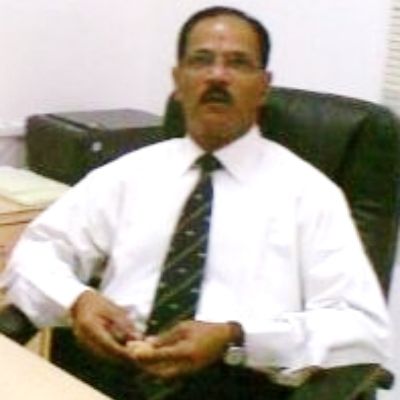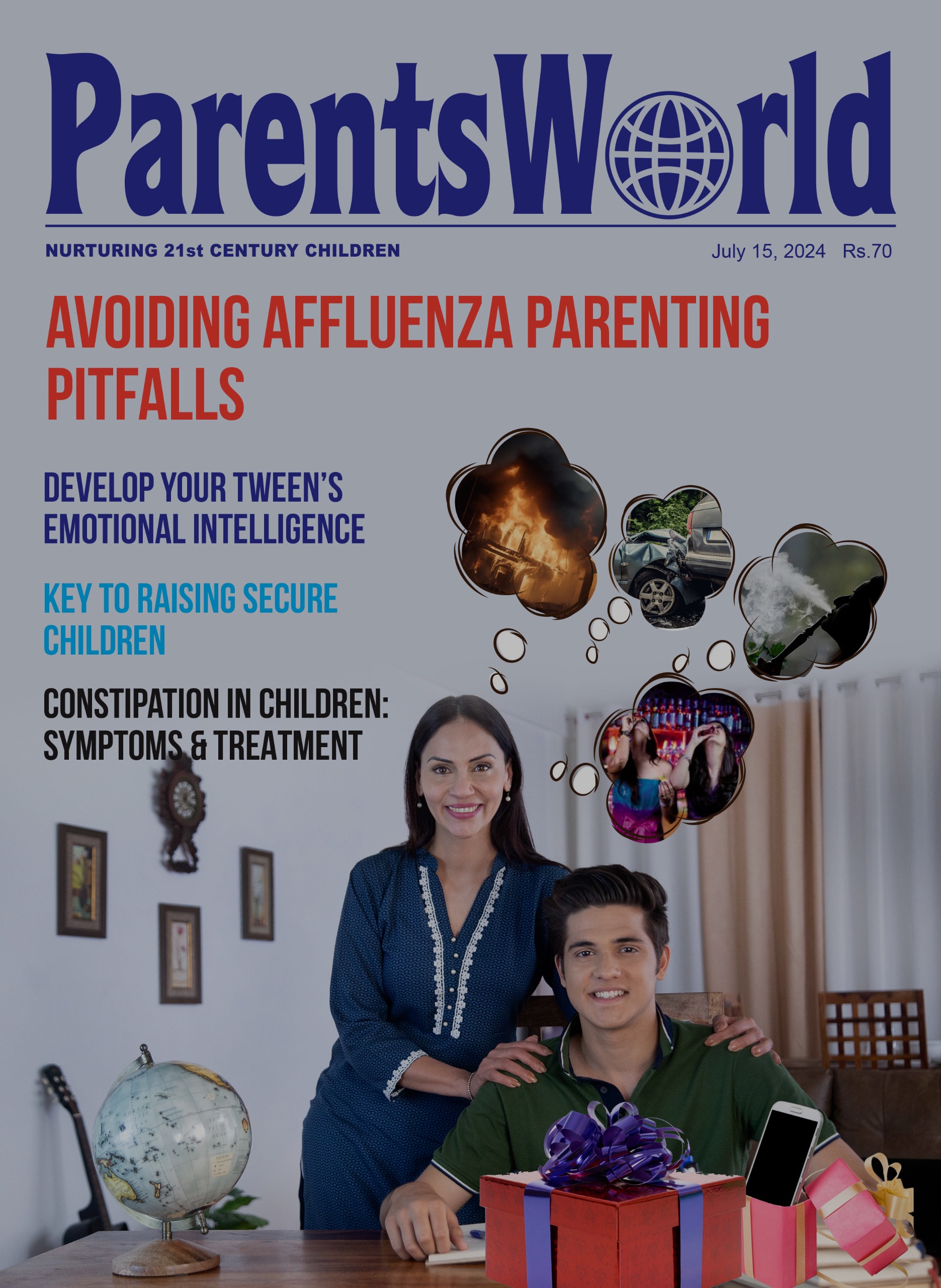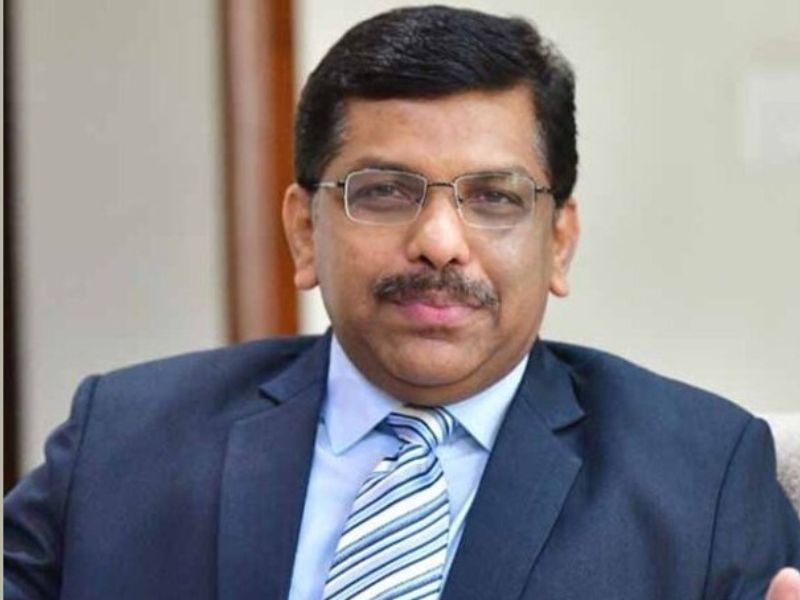 – Major General SS Nair (Retd.) Director, Birla Education Trust, Pilani
– Major General SS Nair (Retd.) Director, Birla Education Trust, Pilani
Makers of National Educational Policy 2020 have drafted the portion related to school education in such a way that it is acceptable to most of its readers. They have combed all earlier reports and documents on education in India starting from Kothari Commission, National Curriculum Framework, National Policy on Education 1986, and various documents on school education brought out by NCERT and CBSE from time to time. Detailed consultations and discussions that preceded the policy framing ensured that the NEP 2020 document is acceptable to most of the stakeholders.
The International Baccalaureate Schools (IB) and International General Certificate of Secondary Education (IGCSE) Schools are happy that finally, India got a document that “meets their standards” and passes their muster. Central Board of Secondary Education Schools are gleaming as their ambition to look like IB and IGCSE is finally coming true. State Education Boards will also find it an acceptable policy, with maybe, some state-specific changes, for which the policy itself gives scope with the acceptance of “local flavour” in Curriculum, Mother Tongue or Home Language till class five and the Prime Minister himself advocating “vocal for local”.
Those who wanted our School Education to be as close as possible to the ones prevailing in Schools of developed countries in Europe and America are satisfied too, as Early Childhood Care and Education has been brought in, bagless days and lightening of the load have been talked about, rote memorisation has been discouraged and many more. Many feel that with this Policy in force, our score in Program for International Student Assessment (PISA) will improve. We will no longer be ‘last but one’ in PISA Score and need not find faults with the PISA system. So will be the Annual Status of Education Report (ASER) findings. Or is it that with the indigenous Performance Assessment, Review and Analysis of Knowledge for Holistic Development (PARAKH) in place as envisaged in NEP 2020, India need not worry about the biased PISA anymore!
The policy leaves not much of scope for controversy as far as language is concerned. No three-language formula, no imposition of any language, options and choices plenty. On top, a new term has been introduced: “home language”, maybe to go with the “local focus “of the policy and to include Tribal languages in schooling. The best thing going for the policy is its size, just 60 pages as against the 450-page draft and similarly huge earlier policy documents. Anyone can safely claim that she or he has read it. There is of course a criticism that NEP 2020 is heavily biased toward elitism and elite schools.
With so many things going good for NEP 2020 in the School Education Segment, one eagerly awaits now for the policy to roll out, for rules for implementing each aspect to be framed and for the timeline for each milestone to be set. The devil, if at all there is one, lies there. What will remain out of the goodness of the NEP will be clear only after the bureaucracy and the regulatory agencies, CBSE, NCERT, and NCTE finish with their act of making rules and implementation strategies.
There are a few areas that have high potential to dilute the good intensions of the makers and render NEP 2020 as good as any other previous attempts to improve school education in India. These are the long lead time given to achieve certain milestones, how we approach Teacher Education, Teacher Education Institutions, continued professional development of teachers, quality of teachers, and status and prestige of teachers in society. These have been dealt with in detail in NEP 2020. It is advocated that these dimensions should be taken up on priority for implementation preceding any other change in School Education. The need is for incremental and structural changes and not marginal and cosmetic ones. Stepping on many toes may happen if one is serious about NEP. But be assured, once this Augean Stable is cleaned, most of the battle is won. Left undone, these will prove to be the Achilles’ heel for NEP 2020.
It is interesting to note the policymakers have used the strongest possible language in paragraphs 15.1 to 15.11 to describe the maladies that exist in teacher education today.15.2 deserves special attention. Thus, if some of the advocacies in this paper look radical, they are only the extension of the line of thinking of the policymakers.
National Council for Teacher Education (NCTE) needs to be disbanded before any attempts to reform teacher training intuitions and to improve teacher’s training system is made. This is not an out of the box idea and NEP contains adequate enabling provisions to achieve this. It advocates that in place of stand-alone Teacher Education Institutions, they must become an integral part of the multi-disciplinary institutions of higher education. The blueprint of possible regulatory agencies leaves no scope for an NCTE. An early disbanding of NCTE and transferring their responsibilities to UGC or NCERT or CBSE is important. The government must muster the political will and set up an autonomous independent agency that has the power to dare and change the present system of Teacher Education if our schools must become what is being envisaged of them in the NEP.
Irrespective of the duration of Teachers Teacher Training, it must incorporate (i) self-learning (ii) classroom learning (iii) class observation & practice teaching and (iv)apprenticeship. The learning objectives of the self-learning component are well spelt out and learning outcomes are tested. The other three elements will be in modules or semesters. A one-year apprenticeship in a live school under mentor teachers as part of an overall training program will be essential. During the apprenticeship, the trainee will observe classes by peers, by experienced teachers and prepare comprehensive learning notes which will form part of the documents for assessment. They will conduct observed and unobserved live classes. Mentors report will also form part of the assessment. A teacher must be fully familiar with the ecosystem of a school by the time she joins her profession.
The present system of Teacher Education Institute is deeply problematic. All possible forms of malpractices are prevalent and agents and middlemen flourish there. The existing model of a teacher Education Institute having 100 to 200 students drawn from/ nominated from an entrance examination conducted by the Government attending a classroom learning of two years is financially nonviable. Often there is a fee cap, that the promoters are prompted to adopt unethical practices. Like many of our engineering colleges where teaching faculty has no industry or business experience, TEIs are also staffed by people who have seen schools only when they were students there. It is not surprising therefore that both these sets of institutions produce more than 85% non-employable graduates. There is a very good chance that all these maladies will be removed if our teacher education model is redesigned as suggested by NEP 2020.
Instead of individuals, school clusters should be allowed to set up TEIs and run it as per a broad curriculum framework but with a good amount of autonomy in infrastructure, faculty, etc. NEP speaks about School clusters sharing resources, why not pool and share talent and resources in running Teacher Education as well? A percentage of their products could be absorbed in their schools thereby giving these schools certainty of the quality of their teachers at the entry point itself.
Large groups who employ more than 300-400 teachers could be permitted to run TEIs so that they can prepare the type of teachers they want with adequate entry-level skills in IT, ICT, Digital Education, and language skills.
Some of the new Universities who have established their academic credentials during the last few years could be asked to open Teacher Training Institutions without delay.
Neither the Government nor the private individual’s Trusts or Societies who are not associated with school education should be allowed to open new TEIs. Existing TEIs in both sectors should be given two to three years to realign themselves and qualify themselves through an assessment by an independent autonomous agency.
The faculty of TEIs must be drawn from the school sector. Principals and Teachers with enough experience on deputation are to constitute the faculty. The way M Phil was done away with, M Ed also should be done away with, in its present form. A Master’s degree in Education can be obtained only by a practicing Teacher as part of Continued Professional Development with maybe provisions for study leave thrown in.
The essential skills required of a teacher must be listed out and tested. If a student of a certain standard is expected to have a reading skill of 90 words per minute, why not a teacher tested for having a reading skill of 240 words per minute with 90 % accuracy and 80% comprehension in at least two languages? A similar benchmarking is required in IT, Information Communication Technology, and Integration of Digital Technology in Teaching.
One often wonders as to do we have cast system in at least some of our schools. PGT, TGT, and PRT which may become more with the introduction of ECCE after NEP. Then we have Music, Dance, Art, Craft, Activity teachers in one group, Hindi Sanskrit another, Physical Education a third, Physics Chemistry Maths a fourth, Social science and General Science yet another without adequate vertical and horizontal integration. An interdisciplinary approach, multidisciplinary teaching, theme-based teaching, value-based teaching, etc. advocated by NEP can be implemented only after our teacher community integrates into one group creating the synergy. It is typical for a Physical education teacher or an art craft or Sanskrit teacher to say that there is no need for IT or ICT for her/him. All these must change. Every Teacher must be brought on a standardised platform as far as certain common skills are concerned irrespective of their teaching subjects and levels of teaching.
In a medical college, a professor who teaches the first semester does not get less pay than the one who teaches the final year students. Nor does it happen in an Engineering college or a Law college. But this happens in a school. A teacher who teaches all subjects or is a Mother Teacher for a class of 20-25 children of the age group 3-6 gets less pay than a teacher who teaches one subject to the 16-year-old. A teacher’s pay increases as the age of the student she teaches increases. This must change. The Early Child Educator and the one who teaches 9-12 must start with the same remuneration. As they obtain additional skills and qualifications, the remuneration can grow.
Another early measure is not to have any fresh batches for teacher training programs in all institutions where B Ed Colleges and other Teacher Training Institutes where Junior basic Teaching Diploma and Montessori Teacher training etc. are conducted till such time acceptable teacher training frameworks and curriculum are prepared. This curriculum, when implemented, will help the teachers deliver the objectives of NEP 2020. The claim that we have been able to bring out a new National Educational Policy after a gap of 34 years, also implies that the vast majority of present teachers were trained to meet the objectives of an earlier policy and were practicing methods to meet the ends of that policy. Naturally, Teachers must unlearn and relearn, retrain themselves. It will not be a bad idea to use the training capacity at the existing Teacher Education Institutions for the next two to three years to retrain our teachers, especially those who have more than 8 years or more service left.
Automatic conversion and absorption of the teachers who are presently carrying out pre-primary education at thousands of ill-conceived ill-equipped and ill-run playschools into the formal system of Early Childhood Care and Education stage must be avoided. This must be done only after sufficient retraining, reskilling and after putting them through an objective selection process. Studies show that these institutions run for early childhood education do not provide the flexible, multi-faceted, multi-level, play, activity, discovery-based teaching, supporting the developmental needs of the child. These playschools run a textbook-based syllabus and curriculum teaching the children mainly what is to be taught or learned in class 1 and class 2. So, if we are under the notion that there is no need to create teachers afresh for the first three years of the schooling system, we are wrong. While these people may be given priority for retraining to become ECCE, absorbing the existing army of Anganvadi teachers and preschool teachers into the formal system is an invitation for disaster. Thoughts such as even a class 10 can be an ECCE are heard being aired in the webinar circuits. While the formal level of schooling required to become a teacher can be debated, it is better that a teacher has attended college, has high IT skills, good proficiency in two languages and is trained in the developmental needs of the children. It is also important that we induct people with proven skills, abilities, aptitude and attitude at this level rather than accommodating or adjusting people working in this sector even if they are not competent. If 85% of the child’s cumulative brain development occurs before the age of 6, it is equally important as to whom we entrust the care of these children at that stage.
The status and image of teachers in society is another area that attracted attention in NEP in para 5.1 to 5.7. They are so passionate about it that the words “outstanding teacher” appear six times in seven short paras. Need for good training and skilling has been dealt with. Status in terms of remuneration has also been partly touched. Use of teachers for every odd job, be it Corona survey, polio drive, census, Polling duty, for anything and everything it is the teacher. Use of Teachers for such duties must be the last resort after the entire bureaucracy has been exhausted. Restoring the self-concept, self-respect, and self-confidence of the teachers as well as their position and status in the society and the immediate community they operate, is the first requirement. NEP provisions in 5.1 to 5.7 read along with 15.1 to 15.11 is adequate policy support if anyone is willing to achieve this.
The general acceptance of the policy and its non-controversial nature itself could also turn out to be its nemesis. First, there is a feeling among many stakeholders that “we are already practicing most of the suggestions and there is nothing much left from our side to do”. We have a policy. How we must ensure that its provisions are understood by those who are entrusted with its implementation in letter and spirit the same way the makers did. How to protect it from its “defenders and guardians” who would like to nurture it to meet their ends much unlike the intentions of the makers. It should not so happen that a year from now no one is going to miss NEP 2020. Early steps to implement are vital for its success.
























